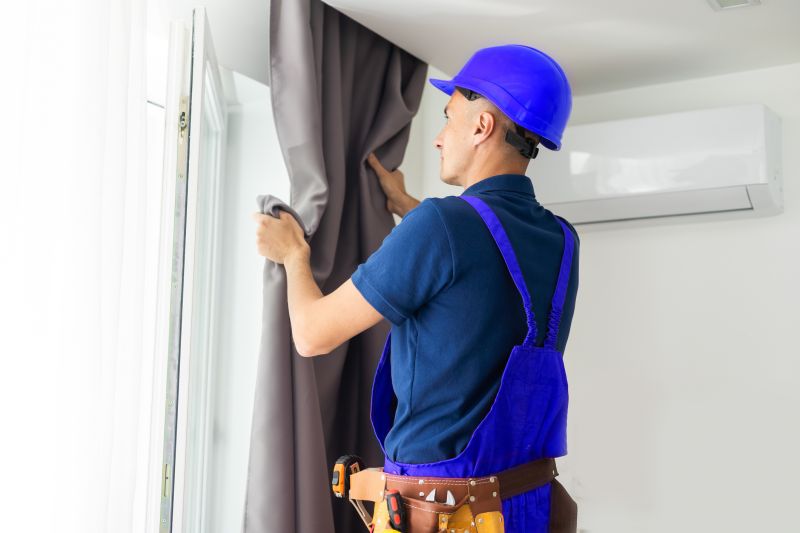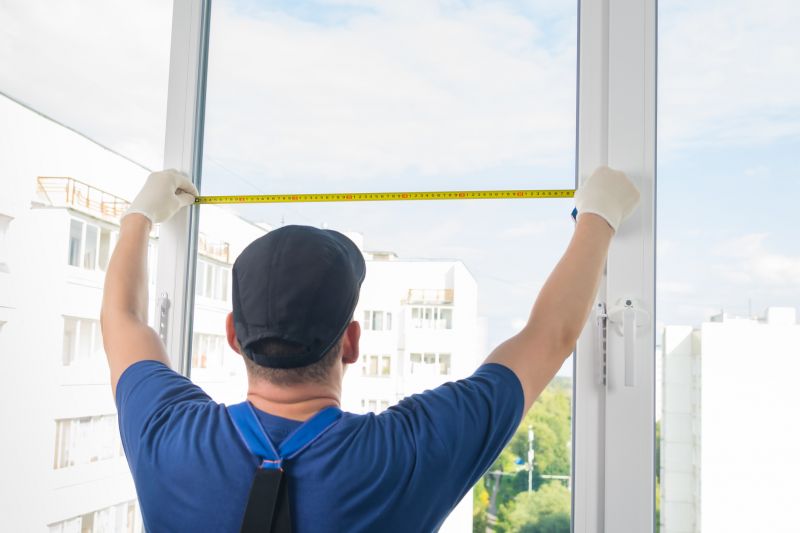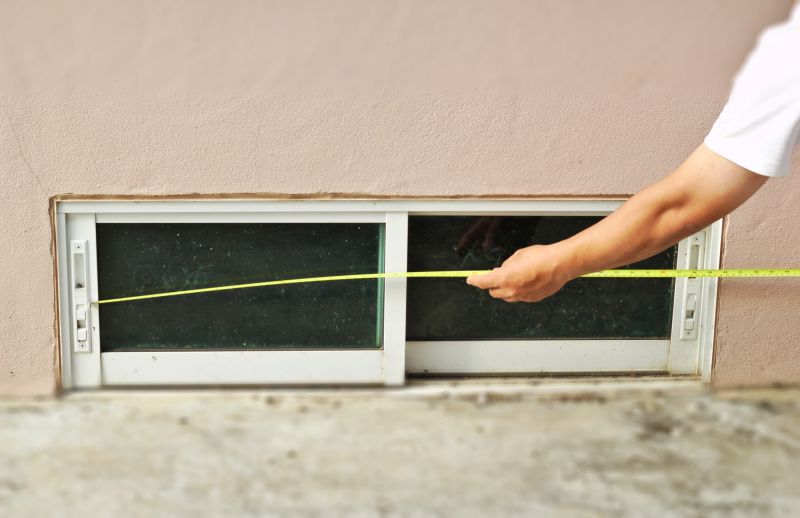Optimal Timing for Window Installations
Windows installations are most effective during periods of minimal operational disruption. Timing can influence the success and efficiency of the installation process, especially in commercial or busy environments. Understanding optimal periods helps ensure smooth transitions and reduces downtime.

Performing installations early in the day can minimize impact on daily activities and allow for full system setup before peak hours.

Weekends often provide extended hours for installation, reducing interference with regular operations.

Scheduling during less busy seasons can facilitate smoother installations with fewer interruptions.

Ways to make Windows Installations work in tight or awkward layouts.

Popular materials for Windows Installations and why they hold up over time.

Simple add-ons that improve Windows Installations without blowing the budget.

High-end options that actually feel worth it for Windows Installations.

Finishes and colors that play nicely with Windows Installations.
Choosing the right time for Windows installations involves assessing operational schedules and resource availability. Proper planning ensures minimal disruption and maximizes the efficiency of the setup process. Installation success rates tend to be higher when scheduled during periods of low activity, particularly in business environments where downtime can impact productivity.
Scheduling installations during planned downtime reduces operational impact and allows for thorough setup.
Avoid peak seasons or busy periods to ensure availability of technical support and resources.
Performing installations during times of low activity allows for comprehensive system testing and troubleshooting.
Ensure key personnel are available during scheduled installation times for smooth coordination.

Optimal during off-hours to avoid network disruptions.

Best scheduled during weekends or after hours.

More accessible during planned maintenance windows.

Ensure all components are ready during scheduled times.

Perform during low-traffic periods for minimal impact.

Schedule post-installation training during low activity times.

Best during periods with minimal data access.

Allows thorough testing without disrupting ongoing operations.
| Timing Consideration | Advantages |
|---|---|
| Early Morning | Minimizes disruption and allows for full day setup. |
| Weekends | Extended hours and less operational interference. |
| Off-Peak Seasons | Less busy periods facilitate smoother installation. |
| After Hours | Reduces impact on daily workflow. |
| Scheduled Maintenance Windows | Allows for coordinated support and testing. |
| Holiday Periods | Fewer staff and activity reduce operational impact. |
| Mid-Week Off Days | Provides a balance between busy and slow periods. |
| Quarter-End Periods | Often planned for upgrades and installations. |
Timing Windows for Windows installations should be aligned with organizational schedules and operational demands. Properly scheduled installations can lead to faster deployment, fewer technical issues, and reduced downtime. It is advisable to coordinate with relevant departments to identify the most suitable periods for system upgrades or new setups.

Technicians working on system setup during off-hours.

Verifying system stability after installation during low activity.

Configuring settings and user accounts after installation.

Ensuring all systems are operational before resuming normal activity.

Little measurements that prevent headaches on Windows Installations day.

A 60-second routine that keeps Windows Installations looking new.

A frequent mistake in Windows Installations and how to dodge it.

Small tweaks to make Windows Installations safer and easier to use.
Interested organizations or individuals can consider scheduling Windows installations during optimal times to ensure a smooth transition. Filling out the contact form provides an opportunity to discuss tailored timing options that align with specific operational needs and minimize disruptions.

